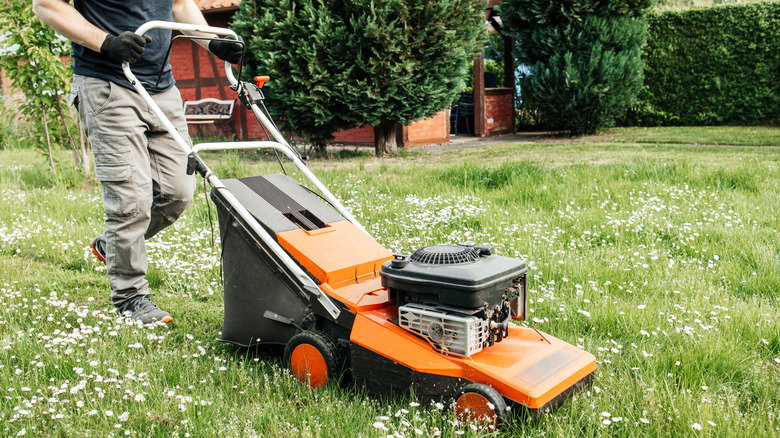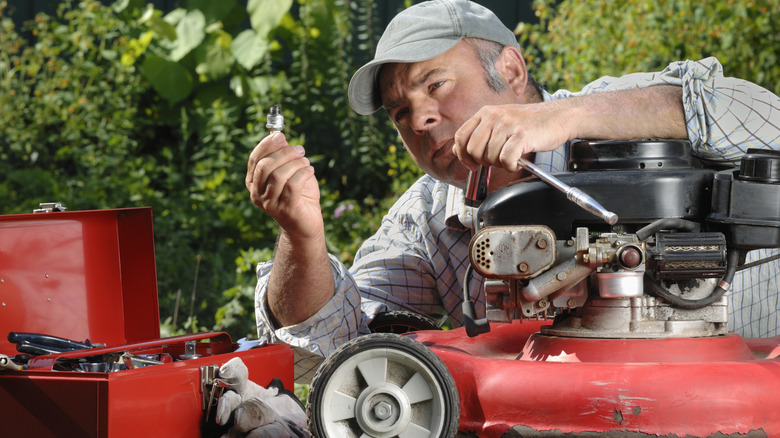
If your lawn mower runs on gas, then you've got a spark plug tucked inside the engine that plays a bigger role than you might think. Spark plugs are what fire up the engine in the first place. They ignite the fuel and air mixture, kickstarting the combustion process that powers your mower. Without one that's working properly, even the best lawn mowers might refuse to start or stall midway through a job. So, while it's a tiny part, it's absolutely essential to keep the machine running.
Now, here's
where it gets tricky: not all spark plugs are the same. Even a small difference in size, gap, or heat range can cause your engine to run poorly, or not at all. Most lawn mowers use spark plugs made specifically for small engines, and the type you need depends on your mower's engine model. That's why it's always a smart move to check your owner's manual before grabbing just any plug off the shelf. Getting the right one means smoother starts, better fuel efficiency, and definitely fewer headaches down the road.
Read more: Every Major Leaf Blower Brand Ranked Worst To Best
Why Spark Plug Size And Type Matter

Lawn mower spark plugs might look similar, but under the hood, they're not interchangeable. Popular brands like Champion, NGK, Briggs & Stratton, and Bosch each make multiple models for different engines. For example, the Champion RC12YC is a common pick for many small engines, but it won't work in every mower. That's because engines vary -- OHV (overhead valve) designs may need a different spark plug than older side valve motors. And even among mowers from the same brand, part numbers and requirements can change.
Plug size is another important detail. It's usually measured in millimeters, and the wrong size can either not fit or, worse, damage the engine. One other thing to double-check is the spark plug gap. Usually, the recommended gap is around 0.030 inches, but your manual will have the exact spec. Like a lawn mower that's gotten wet, one with a poorly gapped plug can cause hard starts, weak power, and engine misfires. You can use a proper gapping tool to make adjustments before installation. Saving yourself from common mistakes with your lawn mower can make a huge difference.
When And How To Replace Your Spark Plug

Spark plugs don't last forever, and changing them out regularly is one of the easiest ways to keep your mower running strong. As a general rule, most should be replaced at least once a year, or after completing 100 hours of usage. If you mow often or work in dusty areas, you may need to change it even sooner. Trouble starting your mower, rough idling, or frequent stalling are often signs that the spark plug is dirty or worn out.
If you're unsure, remove the plug and check for signs of wear. Black carbon buildup can sometimes be cleaned off with a bit of sandpaper, but if you see cracks, discoloration, or wet deposits, it's time for a new one. Always let your mower cool down before working on it. Disconnect the spark plug wire and use a proper spark plug socket to avoid damage. Don't forget to tighten it just right -- not too loose, not too tight. Proper spark plug care will go a long way in keeping your lawn mower healthy and running at its best.
Want the latest in tech and auto trends? Subscribe to our free newsletter for the latest headlines, expert guides, and how-to tips, one email at a time.
Read the original article on SlashGear.










